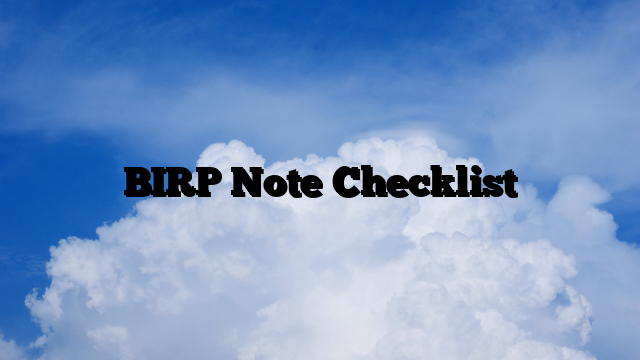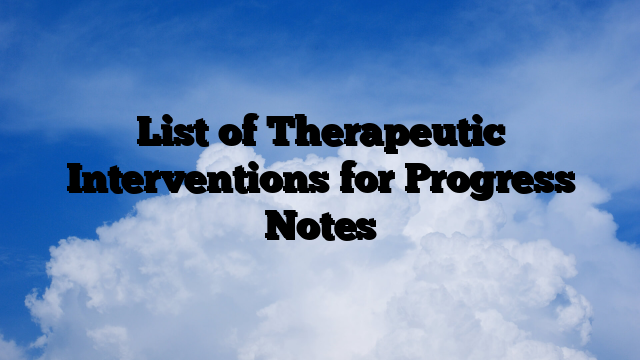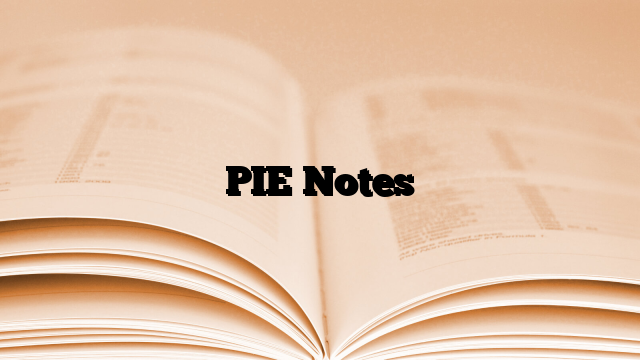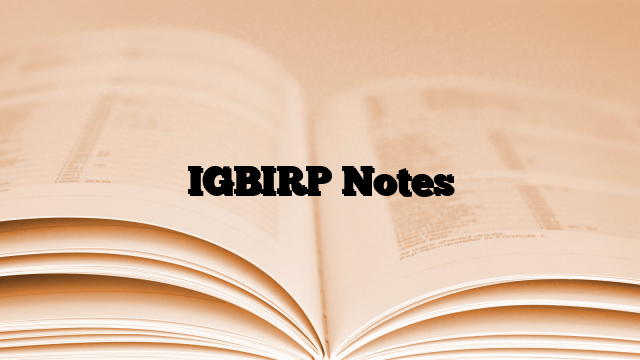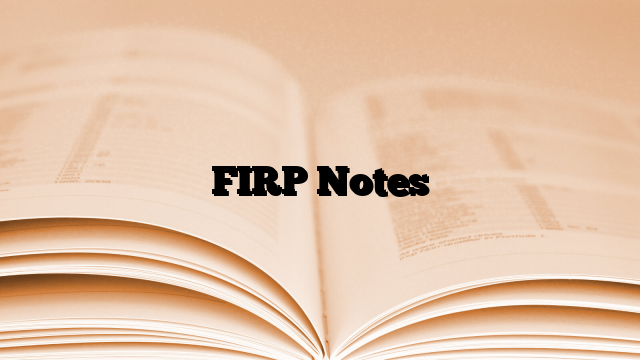As mental health professionals, we recognize the critical role of effective and efficient documentation in therapy and counseling. BIRP notes, Behavior, Intervention, Response, and Plan, are important tools that assist in tracking client progress and customizing interventions. This blog post introduces a comprehensive checklist aimed at helping therapists in crafting detailed, structured BIRP notes. Beneficial for both seasoned practitioners and those new to the field, this checklist is designed to improve session documentation, ensuring each client receives the focused and personalized care they deserve. The checklist serves as a practical guide for therapists and counselors to maintain thorough and consistent documentation in their client sessions. Let’s dive into creating an effective BIRP note checklist!
Checklist
Behavior
- Document observable behaviors of the client during the session.
- Note any significant statements or expressions of feelings from the client.
- Include relevant non-verbal behaviors (e.g., body language, tone of voice).
- Record any reported behaviors or incidents that occurred outside of the session.
Intervention
- Detail the therapeutic techniques or interventions used in the session.
- Include specific questions or discussions that were part of the intervention.
- Note any psychoeducational materials or resources provided to the client.
- Document any changes or adjustments to the therapeutic approach used.
Response
- Record the client’s immediate response to the interventions (behavioral, emotional, verbal).
- Note any feedback or comments from the client regarding the interventions.
- Observe and document changes in the client’s mood or attitude during the session.
- Include the client’s reported responses to previous interventions or homework.
Plan
- Outline the goals or focus for the next session.
- Note any homework or tasks assigned to the client.
- Include plans for any modifications or continuations of current interventions.
- Document coordination with other professionals or referrals, if applicable.
Additional Considerations
- Ensure notes are clear, concise, and jargon-free.
- Maintain client confidentiality and privacy in documentation.
- Review notes for completeness and accuracy.
- Sign and date the notes as required.
This checklist can be adapted based on the specific practices of a therapy setting or the needs of individual clients. It’s important for therapists to use these notes not only as a record-keeping tool but also as a way to reflect on the therapeutic process and plan future interventions effectively.
The Bottom Line
The use of a BIRP note checklist is more than just a procedural tool; it’s a pathway to enhancing the quality of mental health care. By systematically covering Behavior, Intervention, Response, and Plan, therapists can ensure no crucial element of a session is overlooked. This structured approach not only streamlines documentation but also deepens the therapist’s understanding of their client’s journey. As we strive for excellence in mental health care, incorporating such effective practices in our daily professional routines can significantly impact our clients’ therapeutic outcomes. Remember, every note we take is a step towards better understanding and supporting those we serve. Let’s continue to work towards providing the best care possible, one well-documented session at a time.
